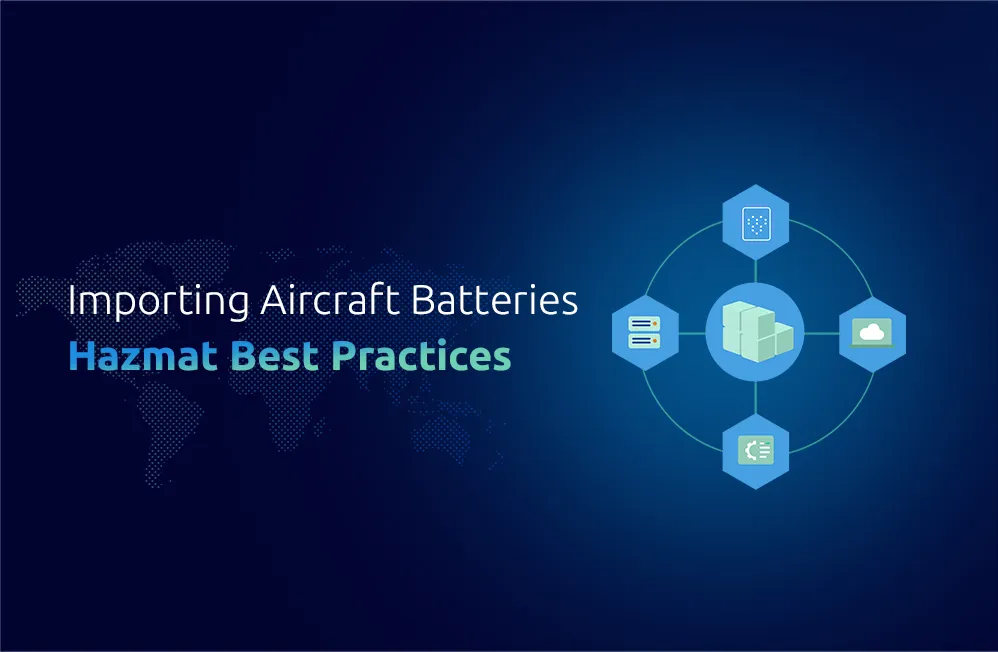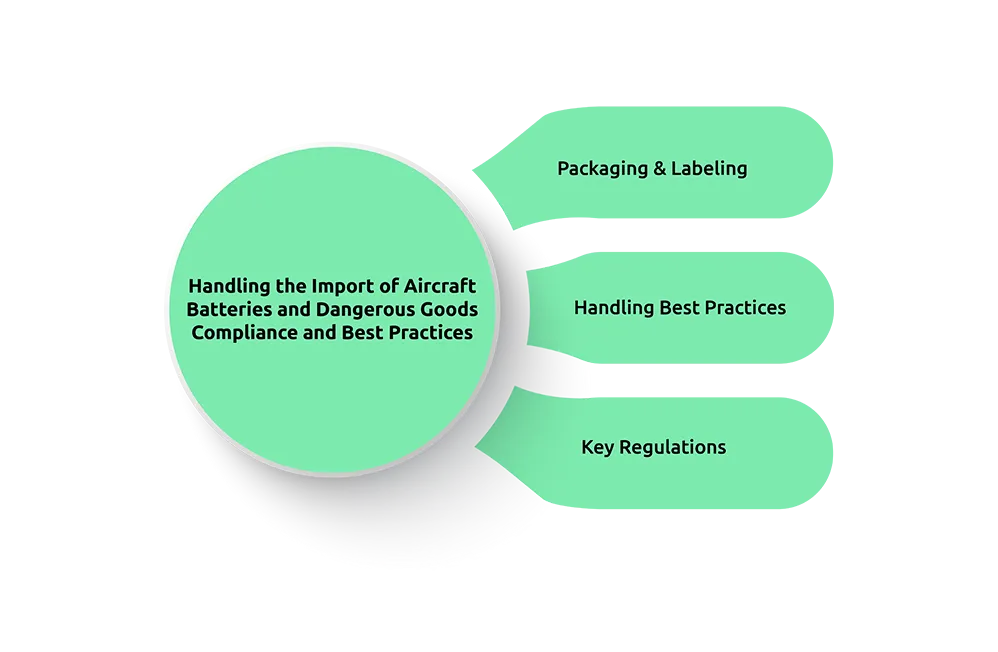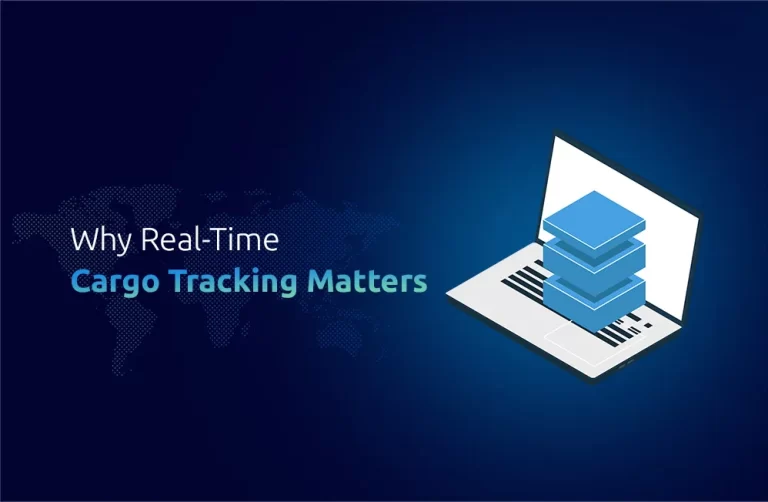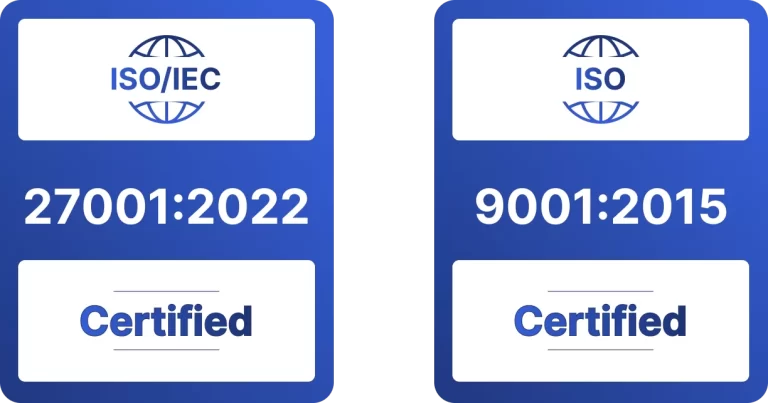Insight
Businesses must face complex regulatory barriers and exact shipping plans when importing aircraft batteries and dangerous goods. Obstructions in handling dangerous goods lead to multiple severe outcomes that encompass fires, explosions, and injuries with additional financial repercussions. Businesses that adopt proper strategies for Harmonized Tariff System classification and DDP shipping and IOR services will lower their import risks and maximize operational efficiency. The guide establishes the essential framework and proven guidelines for executing safe and budget-friendly dangerous goods importations of aircraft batteries.
Why Aircraft Batteries and Dangerous Goods Require Special Handling
The International Air Transport Association’s Dangerous Goods Regulations classify aircraft batteries with lithium compositions as Class 9 dangerous goods that need careful packaging with defined labeling and precise quantity regulation. Audiences handling batteries improperly will face severe risks of thermal runaway events that can fire alongside the dangers of battery explosions and chemical spills resulting from damaged or incorrect battery packaging. Companies must follow import regulations precisely because non-compliance leads to serious financial consequences. Handling batteries made with lithium-ion, lead-acid, and nickel-based elements requires proper classification under HTS harmonized tariff codes to respect regulatory requirements and keep costs affordable. Working with reputable logistics partners and cargo forwarding services remains essential for the secure transportation and regulatory compliance of shipments.
The Part of Importer of Record Services in Dangerous Goods Imports
An Importer of record (IOR) plays an essential role in handling dangerous goods imports through proper regulatory compliance so shipments adhere to essential guidelines. IOR services should perform two key responsibilities: precise HTS code classification to stop duty surcharges and maintain compliance standards and proper customs documentation management to support seamless clearance procedures. ECCN compliance requirements allow these providers to prevent regulatory problems.
Partnering with seasoned International Organizations for Relocation allows businesses to optimize the customs processes, thus enabling them to avoid delays while minimizing documentation errors and misclassification issues, simultaneously protecting operational requirements and compliance needs.
Key Logistics Solutions | Safe Transport
The transportation of risky materials, including aircraft batteries, needs established logistics solutions that create safe movement conditions, quick delivery processes, and reduced security hazards. Freight forwarding and cargo forwarding experience are essential coordinators for implementing efficient shipping procedures.
The DDP (Delivery Duty Paid) payment method makes import procedures easier because the seller becomes responsible for covering all customs charges, making it convenient for buyers to avoid these payments. White glove delivery service maintains heightened care for valuable shipment handling, resulting in secure goods arrival. Secure warehousing and drayage services protect shipments when moved between short locations, thus lowering damages to products.
Combining air cargo rates calculators with chargeable weight and cost calculators enables businesses to avoid overcharging and achieve maximum shipping expense effectiveness.
Packaging, Labeling, and Compliance Requirements
IATA dangerous goods regulations, alongside correct packaging and appropriate labeling methods, protect aircraft batteries from safety hazards and expensive complications. The installation of these batteries in UN-approved packages safeguards both short circuits and safe transport handling. The danger shipment poses must be verbally described through Class 9 hazard labels, which must be placed clearly on outer packages.
To meet the regulatory standards, the shipment requires careful documentation of bills of lading & Material Safety Data Sheets (MSDS). Failure to follow these prototypes will cause customs delays and result in fines and rejected shipments, ultimately disrupting the supply chain operations.
When businesses import dangerous goods like aircraft batteries, maintaining strict adherence to international regulations is non-negotiable. Specialized dangerous goods compliance services are important to ensure shipments meet IATA standards, proper packaging protocols, and customs documentation needs. Given the high-risk nature of thermal runaway and chemical leaks, engaging with experts in aircraft compliance helps to mitigate safety hazards and avoid costly delays. These professionals oversee every step from HTS code classification to MSDS documentation, making sure that your logistics chain remains secure and compliant.
Best Practices for Transporting Aircraft Batteries and Dangerous Goods
Partner with Freight Forwarders: Reliable air forwarding and air trucking services help optimize routes and reduce transit risks.
Training for Compliance: Staff involved in dangerous goods handling should undergo regular training to stay updated on IATA regulations.
Accurate Cost Estimations: Use tools like air freight volume calculators & air freight chargeable weight calculators to estimate shipping costs accurately.
Pre-Shipment Inspections: Ensure packaging, labels, and documentation are in order before shipping.
Working with dependable warehousing providers further enhances safety and ensures that goods remain in optimal condition throughout the supply chain.
Conclusion
Aircraft batteries, along with other dangerous goods, require complex import procedures that need detailed planning with strict regulatory compliance and strong logistics partnership coordination. Every aspect is important when dealing with battery thermal runaway incidents, chemical leakage problems, and regulatory noncompliance issues. To properly handle shipments, you need expert guidance covering packaging and labeling tasks, documentation requirements, and customs clearance procedures.
The dangerous goods transportation support at One Union Solutions combines customized solutions to help organizations succeed in their risky cargo forwarding services. Our team collaborates closely with you to choose appropriate HTS code classifications to ensure your shipments follow import rules and prevent additional import fees. We handle complete Importer of Record (IOR) duties, which include managing customs documents and licenses and export compliance protocols to ensure professionals monitor your entire process.
We provide modern logistics solutions with DDP shipping, white glove delivery, and secure warehousing services to maximize operational efficiency and minimize potential risks. One Union Solutions assists you in determining accurate air freight costs while minimizing shipping costs through detailed rate computation services. Dangerous goods imports become safer and more cost-efficient when you work with us.
Did You Know?
The UN 2794 regulatory code requires lead-acid batteries to comply with strict transportation limits to avoid spills or fire incidents.
FAQs
1. What does an importer of record (IOR) do when handling dangerous goods?Ans: The IOR ensures compliance with local regulations, manages customs clearance, and handles duties and taxes associated with dangerous goods imports.
2. What are the primary risks of transporting aircraft batteries?Ans: The main risks include thermal runaway, fires, explosions, and chemical leaks, which require proper packaging and labeling.
3. How does DDP shipping help with dangerous goods imports?Ans: DDP shipping simplifies the import process by including all duties and taxes in the delivery cost, reducing the risk of unexpected expenses.
4. Why is HTS code classification important for dangerous goods?Ans: Correct HTS codes ensure compliance with tariffs and regulations while preventing fines or overpayment of duties.
5. How does white glove delivery enhance the handling of dangerous goods?Ans: White glove delivery provides specialized handling, ensuring that high-value or sensitive items like aircraft batteries are transported safely.












